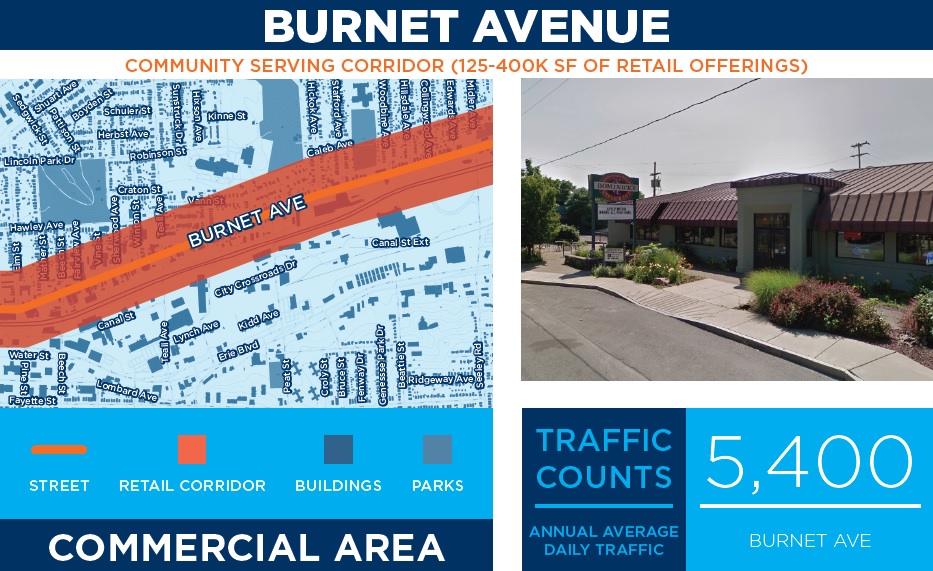- Project
- Northeast
- Urban
- Town/City/Village
- Industry Analytics and Strategy
- Real Estate Development and Housing
- Retail, Services, and Accommodations
Have you seen Syracuse in the news lately? In case you haven’t heard, it has been a busy year…
- January 2019 – The Mayor announced $200 million to kickstart an innovation and technology led economic development initiative known as Syracuse Surge;
- April 2019 – The city beat out 250 other applicants for a $3 million JP Morgan Chase grant that will target workforce training efforts in populations typically left behind in the growth of the tech economy;
- August 2019 – The Brookings Institute highlighted Syracuse Tech garden and growth of mid-size cities like Syracuse; AND
- October 2019 – Microsoft recently announced that it plans to open a hub that will support start-up technology and workforce training as part of the Syracuse Surge initiative.
In 10 months, the city’s planning efforts have transformed into reality by attracting financial resources, willing partners and businesses to help achieve the Surge reality. Now, there’s a long road ahead to further build out these plans but interest from the private sector exhibits positive signs for the future of Syracuse.
Now, while large scale economic development initiatives like Surge are one component of enhancing the city’s economic profile, the city also recognizes that commercial districts are the economic backbones of a city’s neighborhoods–they are places where the community accesses employment opportunities as well as necessary good, services, and amenities. After a successful pilot corridor study along South Avenue in 2018, the city embarked on enlarging the model to cover 10 commercial corridors in the city. Led by Camoin 310, along with our partners Streetsense, the Commercial Corridor Study is now in the final stages of planning.
The planning process has been grounded in economic analysis and determining market demand for the commercial corridors studied. This includes quantitative data from the Census and related sources, as well as on-the-ground discussion with community groups, neighborhood leaders and businesses. With retail continuing to transform as an industry, neighborhoods once based on retail brick and mortar are still feeling the ramifications of market shifts. Camoin 310’s research will help to accompany the retail analysis, and determine what other industries are growing regionally and could potentially be a fit to fill brick and mortar spaces once destined to be retail stores.
The study will culminate in an Action Plan Matrix that prioritizes which recommendations will have the greatest impact on the corridors and city-wide economic activity. The Division of Neighborhood and Business Development (NBD) has already begun having internal conversations about the implementation structure to ensure that the plan is carried forward and becomes integrated with efforts like Surge. Stayed tuned for the final report and keep you’re eye out for Syracuse in the news – big things are happening!





